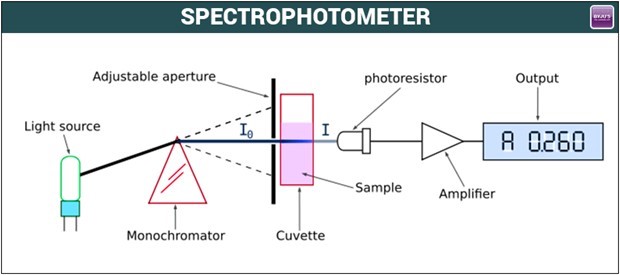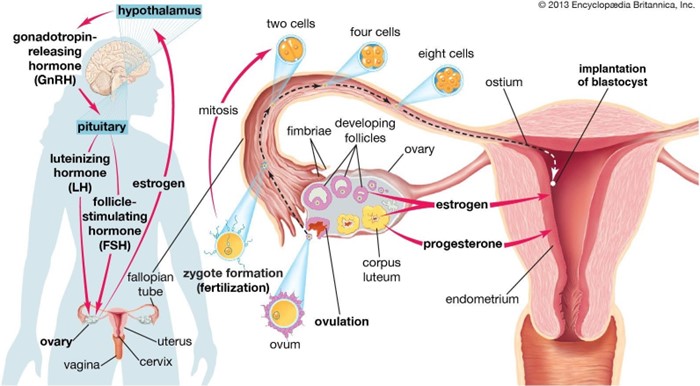An individual suffers severe blunt trauma to the thoracic cavity. Which of the following organs are at greatest risk from this injury?
Heart and lungs
Brain and spinal cord
Liver and stomach
Large and small intestines
The Correct Answer is A
Heart and lungs. The thoracic cavity contains the heart and lungs, which are at greatest risk from severe blunt trauma to this area.
B. The brain and spinal cord are not located in the thoracic cavity and are therefore not at greatest risk from blunt trauma to this area.
C. The liver and stomach are located in the abdominal cavity, which is below the thoracic cavity. While these organs may be affected by severe blunt trauma to the thoracic cavity, they are not at the greatest risk.
D. The large and small intestines are also located in the abdominal cavity and are not at the greatest risk from blunt trauma to the thoracic cavity.
Nursing Test Bank
Naxlex Comprehensive Predictor Exams
Related Questions
Correct Answer is B
Explanation
The correct answer is b. Spectrophotometer. A spectrophotometer is a tool that can be used to measure the turbidity of a liquid by measuring the transmission of light through the sample. Turbidity is a measure of the cloudiness or haziness of a liquid caused by the presence of suspended particles. A spectrophotometer measures the amount of light that passes through the sample and compares it to the amount of light that passes through a reference sample to determine the turbidity.
a. A centrifuge is a tool used to separate components of a mixture based on their densities, not to measure
turbidity.
c. A microdensitometer is a tool used to measure the optical density of an image, not to measure turbidity.
d. An electrophorometer is a tool used to separate charged particles based on their size and charge, not to measure turbidity.

Correct Answer is C
Explanation
Ovulation is the process in which an ovarian follicle matures and releases a reproductive egg. During ovulation, the egg is released from the ovary and travels down the fallopian tube where it may be fertilized by sperm. The other options are not processes in which an ovarian follicle matures and releases a reproductive egg. Oogenesis is the process of egg cell formation, menstruation is the shedding of the uterine lining, and fertilization is the fusion of an egg and sperm to form a zygote.

Whether you are a student looking to ace your exams or a practicing nurse seeking to enhance your expertise , our nursing education contents will empower you with the confidence and competence to make a difference in the lives of patients and become a respected leader in the healthcare field.
Visit Naxlex, invest in your future and unlock endless possibilities with our unparalleled nursing education contents today
Report Wrong Answer on the Current Question
Do you disagree with the answer? If yes, what is your expected answer? Explain.
Kindly be descriptive with the issue you are facing.
